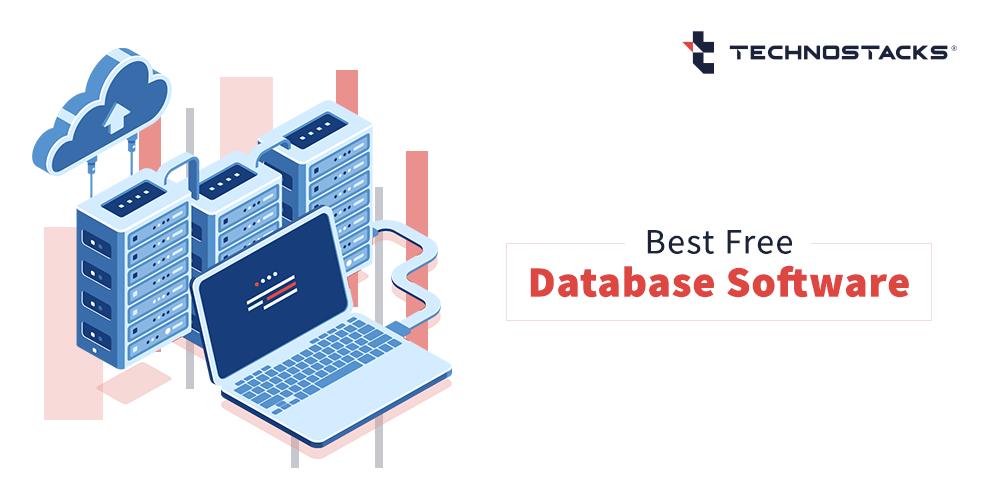Microservices and Containers: Your DevOps guide for Digital Transformation
For organizations hoping to modernize their IT framework, the public cloud guarantees huge expense investment funds, efficiencies, and versatility, empowering organizations to react to instant network requests or difficulties quickly. There are two innovation approaches in such a scenario, offering an incredible mix of guaranteeing digital transformation achievement – containers and microservices.
Let us understand both the terms and also know how they help transform digitally.
The “Containers”?
A container is an independent bundle that permits clients to deploy across applications (or code) without the requirement of relying on a platform. Today, this is significant for organizations since they can modernize and scale on subsequent stages with new cloud technologies gaining prominence.
The following are how containers can prove to be helpful.
- Total cost of ownership sees a sharp improvement (TCO) – Containers can be depicted as lightweight virtual machines (VM) without the overheads connected with having a devoted working framework or potentially relying on an application for things to run. Furthermore, there is a reduced expense and no exertion of maintaining application stacks, no need for infrastructure, no license requirements for software, and no working expenses.
- Deployment in no time – Containers support the coordinated structure and DevOps philosophies, prompting speed up programming cycles, quicker testing, and optimized turnaround times.
- Mobility across systems – Applications made in containers can be sent rapidly to distinctive OSes and hardware across cloud and hybrid working environments.
- Security at its peak – Containers run in a storehouse and keep applications disconnected from one another, which implies fewer clashing conditions and assets conflict with dangers intact.
- Automation handled with ease – With broad group and application, containers can be automated to convey scopes within auto-functions and definitions.
The ‘Microservices’?
Microservices are product development modules that consolidate secluded, autonomous application codes, which perform explicit errands or capacities. Lately, Microservices have transformed the application improvement scene from the more established, bulkier, solid design – where every application was composed as an enormous block of code – to parts of the application into subsets of modules that perform in a fine-grained manner.
These subsets of modules can run inside containers. This, in turn, makes them lucid enough to work with the necessities of present-day application development and cloud activities.
The following are how microservices can prove to be useful.
- DevOps is way more paced – DevOps groups can simply do away at a decreased codebase, contrasted with a more extensive one in a solid application. This empowers the simple arrangement of source codes, facilitating turnaround times, decreasing intricacies, and enhancing conditions of capacities.The microservices design speeds up the improvement and updates measure, and this is because transformations are made merely to a subset of modules instead of the whole application.
- Resolution is absolute fast – Because the design is independent and free, flaws on microservices are not difficult to distinguish and fix.
- Uptime gets relatively high – With containers, extra pictures can be scaled through clustering to keep up with application usefulness without affecting other components.
- Scalability is more accessible – Rather than dispatching various instances of an application with containers, it’s feasible to scale-out explicit microservices code, which helps in load adjusting and scaling depending on request (up or down).
- Security appears to be layered – Each microservice inside the container is an autonomous application code. The independent codes converse with one another over uncovered APIs – guaranteeing a layered way to deal with security that mitigates hazards.
Going step by step with DevOps for Digital Transformation
Be it new companies or established organizations across industries, DevOps practices help in giving a business advantage over the contenders. Making transformations to DevOps culture ends up being troublesome for small ventures. You will require professional DevOps consulting services for that.
When contrasted with large organizations, they have more confounded legacy systems delivery measures. These deployment measures include huge applications with distributed teams.
Additionally, ventures like strength and consistency, making it a major hurdle when rolling out the improvements expected to execute a DevOps transformation. It is possible for small firms to make those adjustments but not feasible for enterprise-level firms to go through such transformations.
Fruitful DevOps transformations share a lot of standard attributes, procedures, and techniques. Together, these strategies assist an organization with adjusting that transformation, allowing a chance to learn, and checking the improvements at a consistent speed.
Things to Consider for Successfully Driving a DevOps Transformation
- Let top management support the whole thing
DevOps requires the module to be completely involved. The organization needs to reasonably comprehend how basic the DevOps standards are intended for a business, and else everything is pointless.Even though it is a great idea to have the complete help of the management, there is no hurry to get this help towards the beginning. At first, an endeavor requires efforts from a lower level with some early accomplishments to get the board’s support.If you think of having the full help of executives in the beginning phases, it can be tough to get set go by itself. What you can instead do is to head-start and remember management backing down the lane soon. - Ownership should be established to the fullest
Significantly, a group inside an enterprise makes the DevOps transformation their own, and this gathering can be a collective DevOps group.The organization’s instrument bunch or even a current development group with the critical specialized characteristics is required by adding to it. By putting it all the more precisely, this gathering needs to be creative, fit, and not troubled by an unbending creation plan.Since this group drives reception through the organization with different gatherings, choosing a product development group isn’t the best thought. Such sort of a group need not bother with cross-group permeabilities and the responsibilities to make transformations through the entire endeavour. With time, the requirement for this group will stop existing as DevOps practices become standard in the organization. - Start with a pilot project first
It will consistently be challenging to execute transformations inside any project. Aside from timetables and group elements, any progressions dismiss the necessities of the influenced individuals and have a level of intricacy, possibly hampering the entire exertion.Consequently, it is an excellent thought to adopt a reformist strategy and execute DevOps practices rather than go for a rapid-fire approach. Practical projects comprehend that abrupt transformations can be severe and thus pick a progressive way to deal.In the first place, the ideal way is a pilot project, executing and demonstrating the DevOps concept. Search for a project generally has a safe and higher return with magnificent help from the DevOps pilot group to embrace the accompanying projects. - Have access
Have an assessment regarding where the team or group is currently, with respect to the advancements in the devices, measures taken, and involved obstacles. - Have alignment
Set up the common targets and objectives; figure out where your group goes. - Define a mission statement
Pen down objectives, like an increment in the delivery recurrence, improvement in work fulfilment, expansion in consumer loyalty, and the goal preferences. - Enable mapping
Arrange with vital key performance indicators (KPI’s), achievements, and reachable objectives. - Move
There is no good reason to stand by and begin searching for everyone to get decent information on the new methodology. - Measure
Reliably screen the development for the ideal outcomes.
Moving Forward
At the end of the day, containers present a successful and quick way for organizations to conquer obstacles related to modernization of usage. They further play an essential role in the foundation and enabling of stacks established by legacy IT infrastructure.
So, for a practical pilot project and immediate successes under the cap for your group, you need to increase the participation levels within both your and other development groups.
Similarly, for the precise balance of the digital transformation, the most common way of scaling groups is best when done incrementally.







